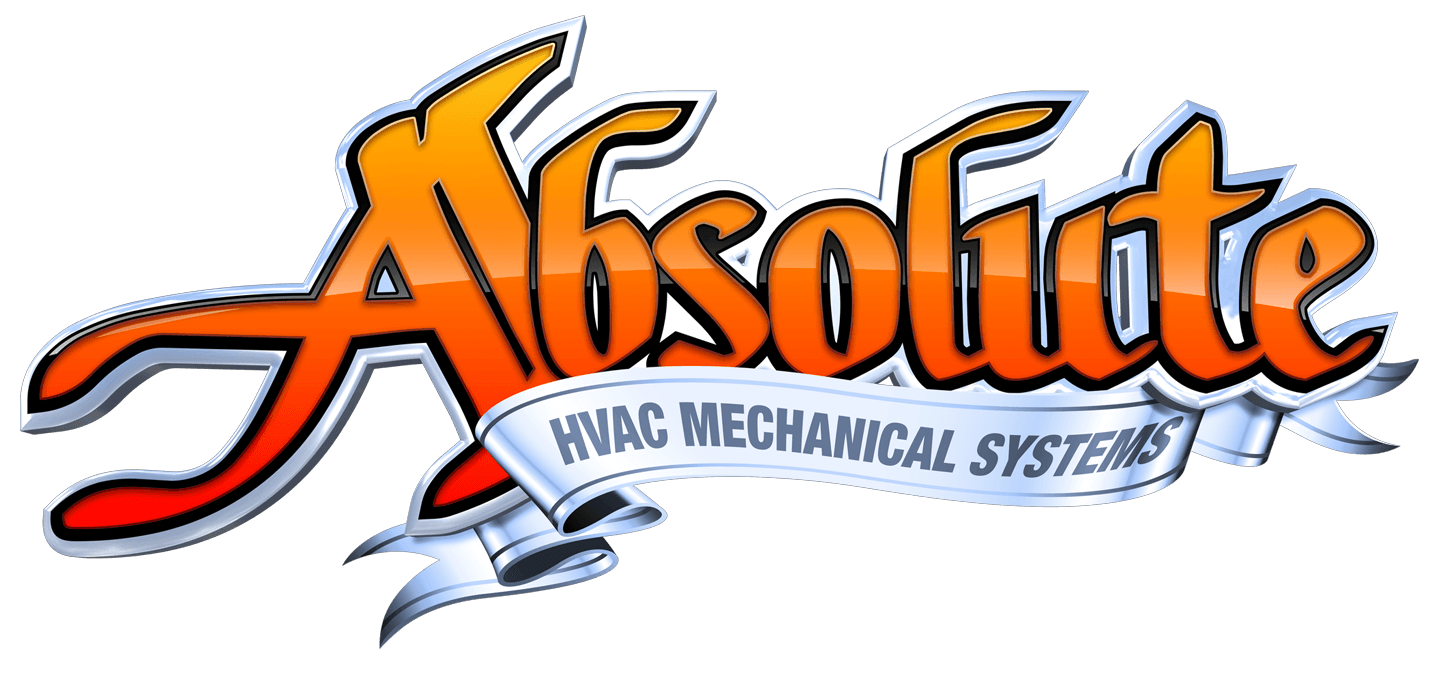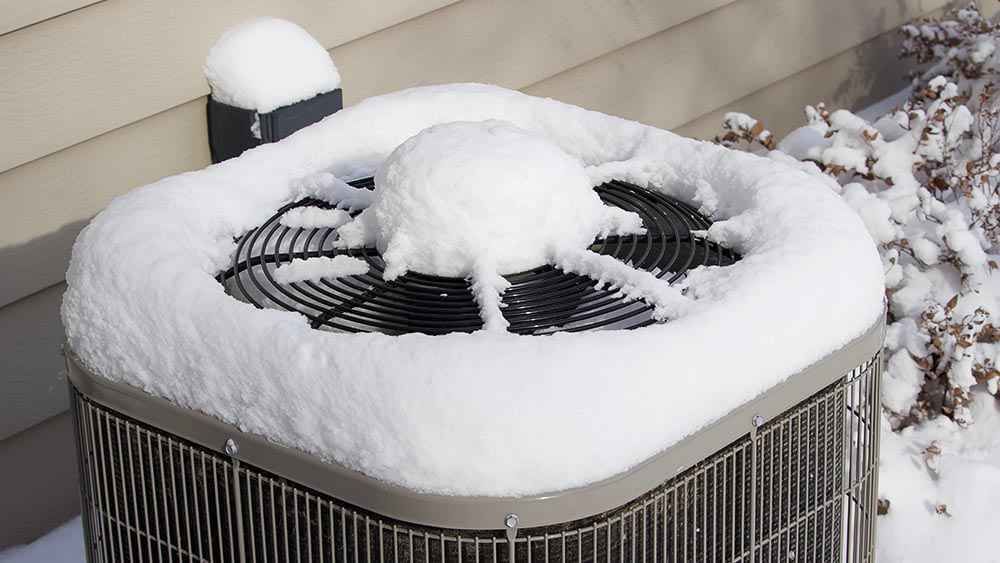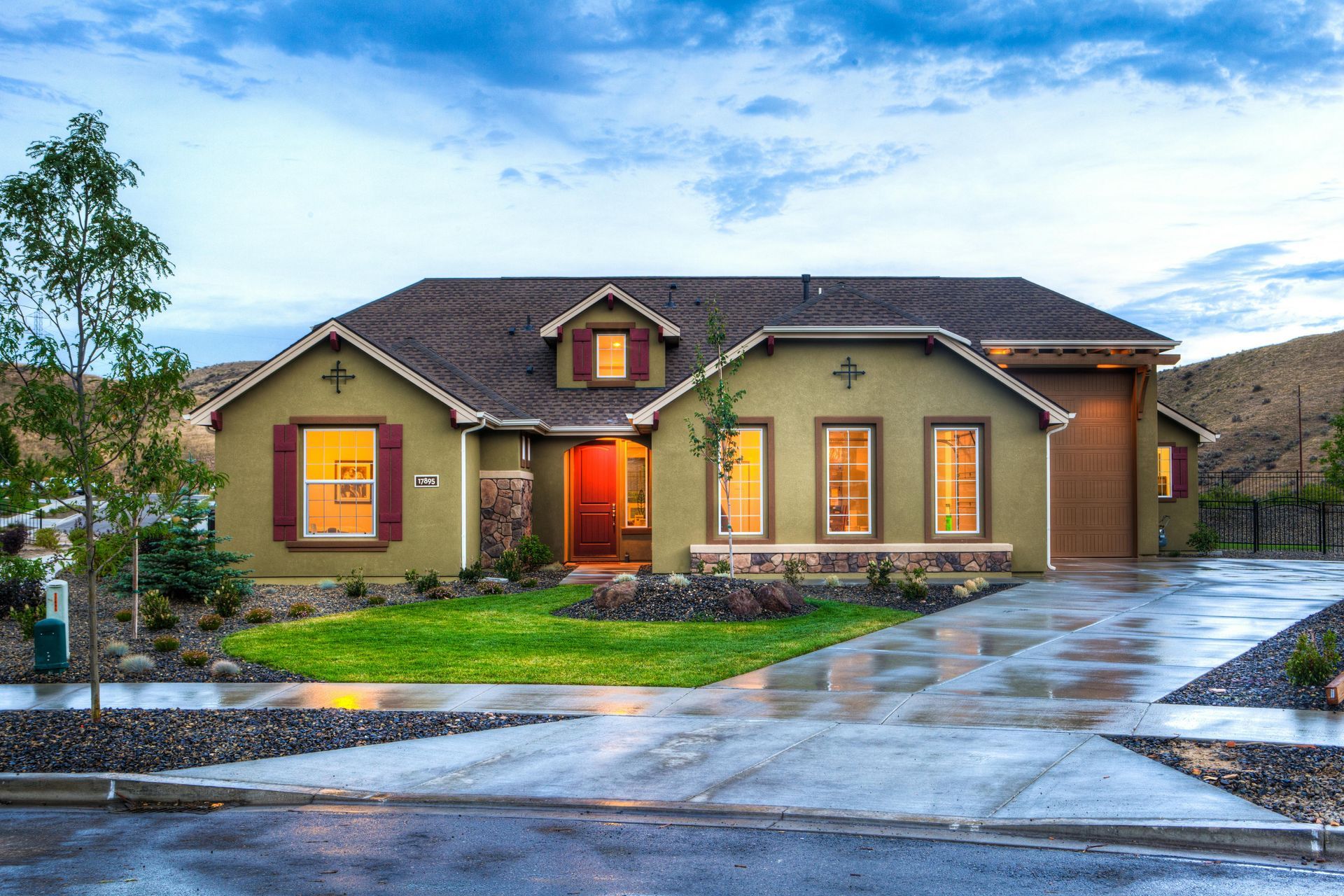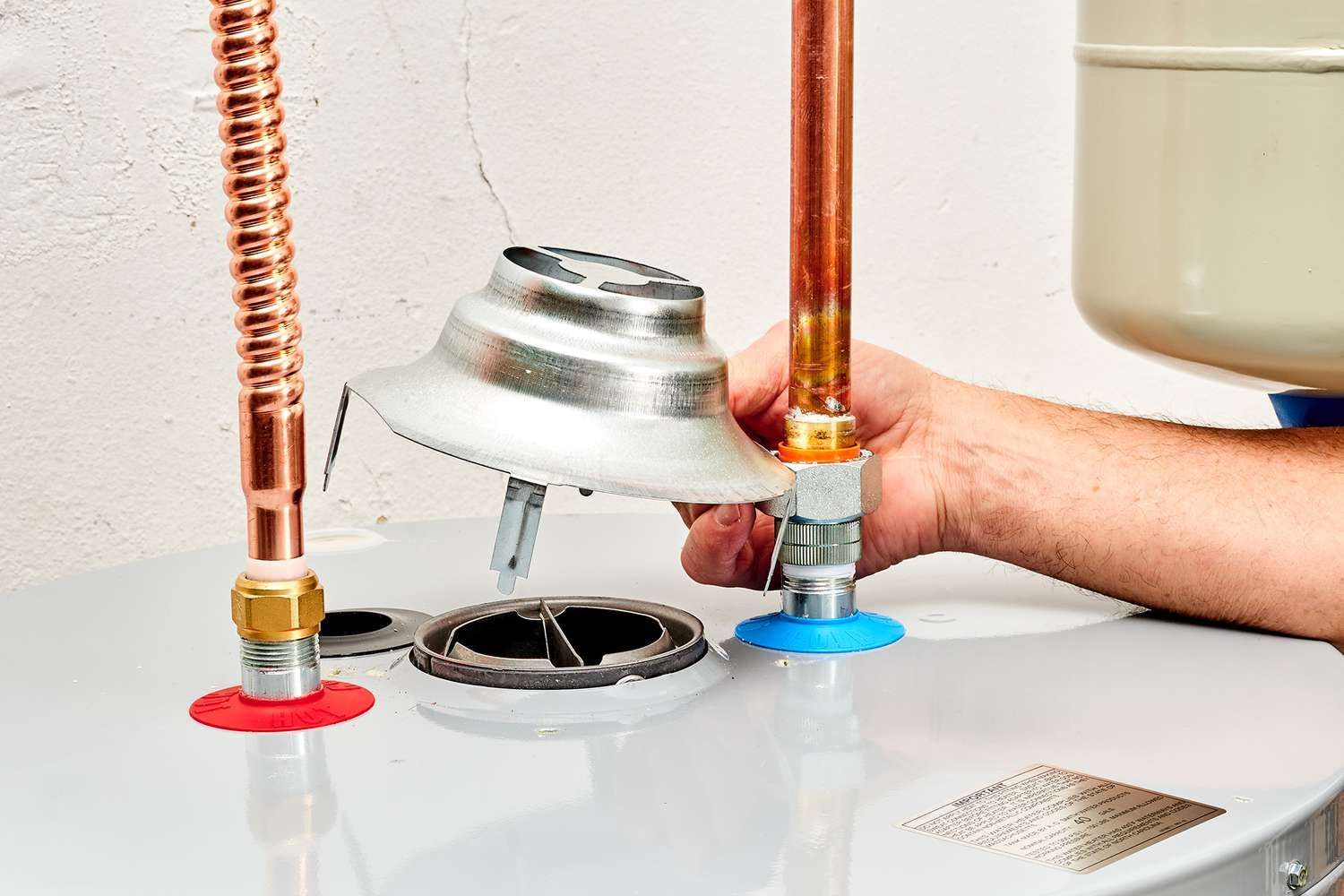What is HVAC System and How Does it Work?
HVAC, which stands for Heating, Ventilation, and Air Conditioning, is a vital system that regulates the indoor air quality, temperature, and humidity in residential, commercial, and industrial buildings. This system works together to provide a comfortable and safe indoor environment.
In this blog post, we will explore the different components of an HVAC system and how they work together to keep your home or office at a comfortable temperature all year round.
The Components of an HVAC System
HVAC systems play a crucial role in maintaining indoor air quality, which is vital for our health and well-being. They help to remove pollutants and allergens from the air, and also regulate temperature and humidity, which can help to prevent the growth of mold and bacteria. A well-designed and maintained HVAC system can also help to reduce energy costs and increase the lifespan of equipment.
Components of HVAC Systems
- Heating System: The heating system is responsible for generating heat to keep the indoor environment warm during cold weather. There are different types of heating systems, including furnaces, boilers, and heat pumps. Furnaces burn fuel such as gas or oil to heat up the air, while boilers use water to distribute heat through radiators. Heat pumps, on the other hand, move heat from the outside air or ground to heat your home or office.
- Air Conditioning System: The air conditioning system cools the indoor environment during hot weather by removing heat and moisture from the air. The most common type of air conditioning system is the split system, which has two main components: the outdoor unit and the indoor unit. The outdoor unit houses the compressor and the condenser, while the indoor unit contains the evaporator coil and the air handler.
- Ventilation System: The ventilation system ensures that there is adequate air circulation in the building, which is important for maintaining good indoor air quality. It removes stale air and replaces it with fresh air from the outside. There are two types of ventilation systems: natural ventilation and mechanical ventilation. Natural ventilation uses natural forces such as wind and buoyancy to circulate air, while mechanical ventilation uses fans and ducts to distribute air.
- Ductwork:
Ductwork is the network of pipes that distributes air from the HVAC system to different parts of the building. It is important to have a properly designed and installed ductwork system to ensure efficient airflow and prevent energy loss.
How Does an HVAC System Work?
Now that we have looked at the different components of an HVAC system, let's explore how they work together to regulate indoor air quality, temperature, and humidity.
During the winter, the heating system generates heat to warm up the indoor environment. The heat is distributed through the ductwork to different rooms in the building. The thermostat, which is located in a central area of the building, monitors the temperature and signals the heating system to turn on or off as needed to maintain the desired temperature.
During the summer, the air conditioning system works to remove heat and moisture from the indoor air. The outdoor unit extracts heat from the indoor air and releases it outside, while the indoor unit circulates cool air throughout the building. The thermostat signals the air conditioning system to turn on or off as needed to maintain the desired temperature.
The ventilation system works to ensure that there is adequate air circulation in the building. It removes stale air and replaces it with fresh air from the outside. This is important for maintaining good indoor air quality and preventing the buildup of harmful pollutants and allergens.
The ductwork system plays an important role in regulating airflow throughout the building. It ensures that the air from the HVAC system is distributed evenly to different parts of the building, which is important for maintaining consistent indoor temperatures and preventing energy loss.
Benefits of an HVAC System
An HVAC system provides several benefits to the building occupants, including:
- Improved indoor air quality: The ventilation system ensures that there is adequate air circulation, which helps to remove pollutants and allergens from the indoor air.
- Comfortable indoor environment: The heating and air conditioning systems work together to maintain a comfortable indoor temperature all year round.
- Energy efficiency: A properly designed and installed HVAC system can help to reduce energy consumption and lower utility bills.




